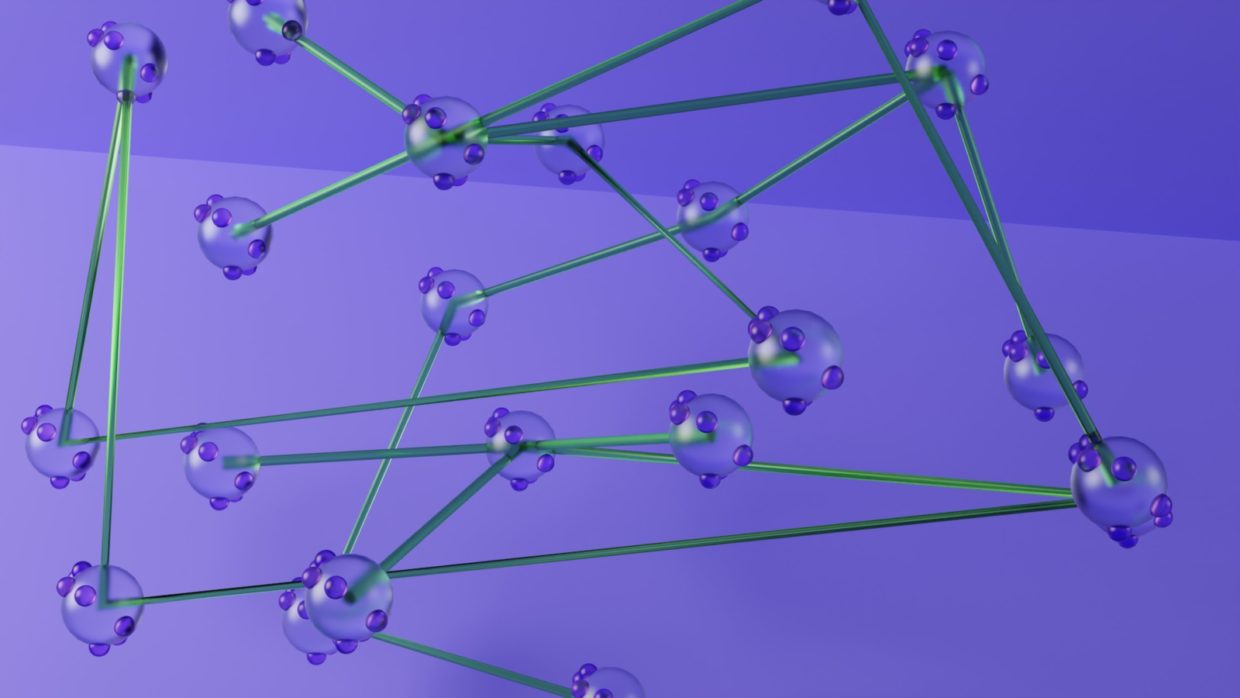Last week, the World Economic Forum (WEF), in collaboration with the Wharton Blockchain and Digital Asset Project, published the Decentralized Autonomous Organization Toolkit. After detailing how DAOs are “engaged in nothing less than an experiment to reimagine how we connect, collaborate, and create,” the 38-page manual provided a set of resources for anyone wanting to engage with the DAO ecosystem.
This mainstream attention begs the question: is 2023 the year of the DAO? We asked the same question early last year (and the year before that) — so, what’s changed?
It was 2021, arguably, that put the humble DAO on the map. The example of ConstitutionDAO (the group that raised $27 million in an ultimately failed bid to buy an early printing of the US Constitution at Sotheby’s) is a tired one, yet valid in a “newsworthy” sense, with outlets like CNN and the New York Times picking up up the story. While ConstitutionDAO’s aim was described by the Times as an act of “pure caper,” the act showed an eagerness among crypto enthusiasts to create a community that was paradigmatic of Web3 principles.
ConstitutionDAO is dead, but its website carries on remorseless; in memory, it describes the effort as “a beautiful experiment in a single-purpose DAO” that simply ran its course.
Of course, there’s also The DAO — a 2016 experiment that went up in flames due to a slew of legal issues.
The most notable active DAOs, all launched within the last two years, include PleasrDAO, Ukraine DAO, Flamingo, Unicorn, Particle, and Friends With Benefits. Though their core interests range from art to social activism and bettering philanthropic practices, all share a belief in creating a more inclusive and equitable Web3 space. (And all are changing the way organization, art ownership, and community governance have been traditionally defined.)

DAOs have been touted as a possible solution to some of the systemic problems facing the art world. Image: Shutterstock
In addition to a number of new DAO launches in 2021, that year also saw an explosion in the number of DAO participants — ballooning to 1.7 million people, up from just 13,000 one year prior.
These groups stand out because they’ve put together systems in order to avoid being “single-purpose.” As Eva Beylin wrote on Twitter, “DAOs are not products, they are frameworks for decision making about products/projects […] If your DAO is successful you shouldn’t even know it’s there, it’ll just be a well-functioning community.”
Ruth Catlow, the co-author with Penny Rafferty of the well-acclaimed book Radical Friends, echoed this sentiment in an interview with SO-FAR. Said Catlow, “It has become increasingly clear that we need to be building cultures before structures, otherwise we end up serving machines, and the people that own and build them.”
Since their widespread introduction in 2021, DAOs have been touted as a possible solution to some of the systemic problems facing the art world and have earned, rather quickly, a recognition of the power of experimentation and decentralization. In other words, as working examples of Web3 ideas.
If we understand Web3 as a “sociological concept” and belief that all online activity should function without middlemen and users should have autonomy over “over all that they do digitally,” decentralization is integral to this — an ideal embodied through the shared control over the money, governance, and platforms of each DAO.
Ironically, these ideals don’t match up to regulatory reality. Technology mostly continues to outpace regulations as DAOs, according to the WEF, still operate within a “fragmented and uneven landscape of law, policy and regulation,” and have an ill-defined legal status. So far, the U.S. states of Wyoming and Tennessee, along with the Republic of the Marshall Islands, have created DAO LLCs to accommodate DAO membership structures with legal benefits. However, most DAOs do not benefit from tax breaks or limited liability, creating risks for all DAO members and hampering what the WEF calls “responsible innovation.”

Technology mostly continues to outpace regulations as DAOs, according to the WEF, still operate within a “fragmented and uneven landscape of law, policy and regulation.” Image: Shutterstock
The WEF’s recent report certainly seems to hold a mirror to this lack of legal structure, providing exhaustive comparative analysis as a means of explaining the variety of groups that call themselves DAOs. Recent coverage from CoinDesk offers a near “DIY” approach to organizing one’s community to become a DAO.
What is evident in all of this press, news, and books is the promise of a key shift in understanding the DAO in 2023. Perhaps 2023 will see greater attention to the legal frameworks for DAOs, while their likely membership will continue to grow rapidly — but this simply remains speculation at this point.
What feels certain is that DAOs are moving from their gawky adolescent phases to becoming full-fledged adults. Organisms that are community-specific, adaptable to the needs of their members, and made of members that live by and challenge Web3 principles. So will 2023 be the year of the DAO? Or will the 2020s ultimately be the decade of the DAO?



